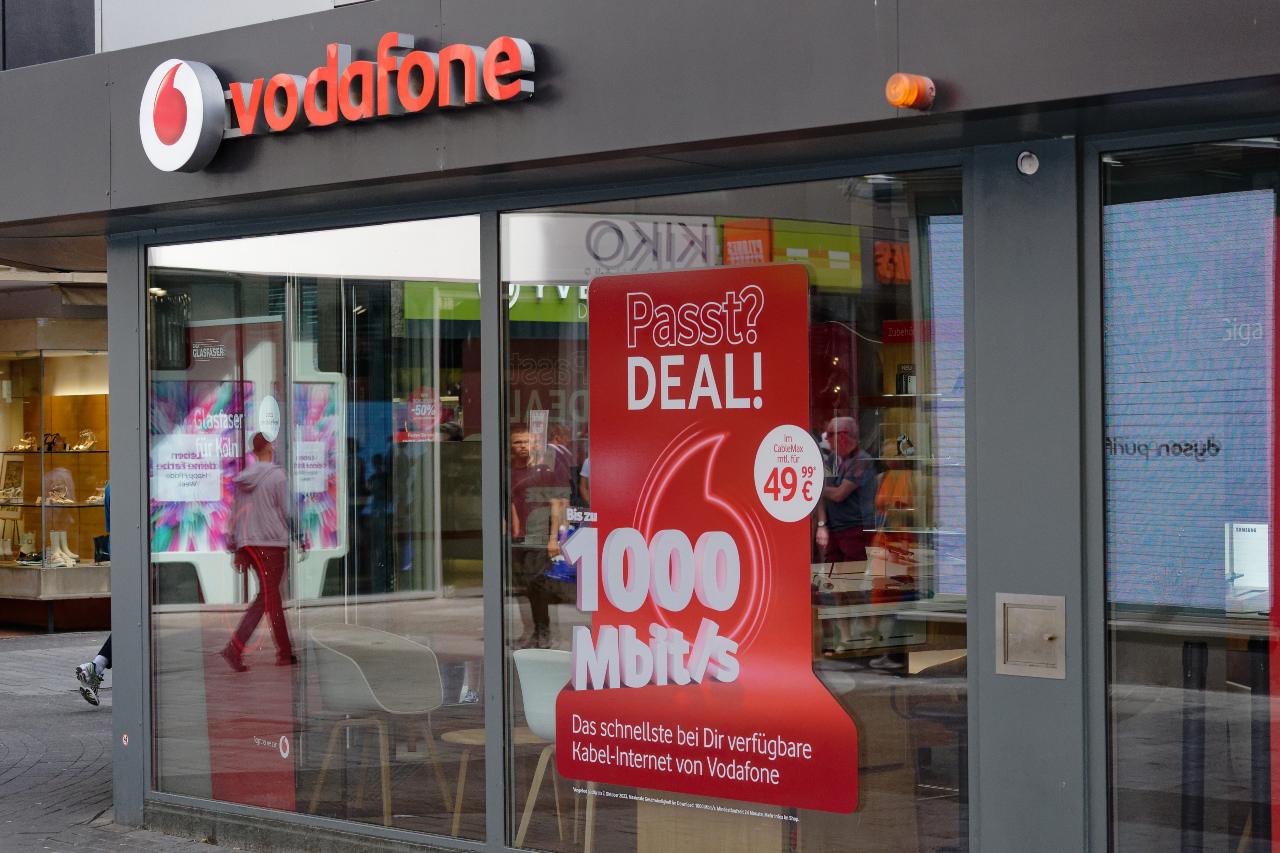If you’ve ever found yourself in a German town swaying your phone from left to right to try and get a bar of signal, it’s likely you’ve encountered what the Germans call a Funkloch – or dead zone in English.
According to the Federal Network Agency (BNA), these dead zones with no mobile reception can still be found in 2.6 percent of Germany – though this is declining gradually from year to year.
Slightly more worrying are the areas where just one or two of the three major mobile operators can provide connectivity. This year, just under a fifth (16.7 percent) of Germany counted as one of these ‘grey zones’, meaning customers with the wrong provider may just find themselves out of luck in pretty large swathes of the country.
Though progress is definitely being made on this front – almost a quarter of Germany was a grey zone as recently as 2022 – things aren’t moving fast enough for the BNA.
In September, it announced that it would be taking legal action against the three major mobile providers – Deutsche Telekom, Vodafone and Telefonica (O2) – over their failure to expand 4G connectivity quickly enough.
While around 90 percent of the country enjoys access to 5G, there are apparently around 500 gaps in the 4G networks where people are unable to get internet speeds of 100 Mbps or more – a speed generally considered ‘fast’ internet. The mobile companies have claimed that these are impossible to fill but the BNA rejects this explanation, saying antennas could have been put up in many of the regions in question.
With the battles raging over when – and how – the country can enter the 21st century, it may feel like having a bad connectivity in Germany is simply a fact of life.
Nevertheless, there are important differences to know about between the three major providers.
Who has the best and worst coverage?
According to multiple consumer advice agencies, Deutsche Telekom continues to top the league tables as the provider with the best mobile and internet coverage throughout the country.
In a recent connectivity test by Connect, the mobile company achieved 98.75 percent coverage for calls and 94.75 percent coverage for internet throughout Germany. According to digital magazine Chip, Telekom also offers 87.15 percent availability of 5G.
On the speed side, Telekom also came out top, with speeds of almost 300 Mbps achieved on most 5G networks. In general, Stiftung Warentest gave Telekom a ‘grade’ of 1.6 for its overall coverage, with 1.0 being the highest mark and 4.0 the lowest.
READ ALSO: Fact check: Is Germany’s internet really that bad?
Vodafone, meanwhile, landed in second place in all four of the tests carried out by consumer rights agencies. Connect found a slight drop in coverage compared to Telekom: for calls, 94.75 percent coverage was available, and internet coverage stood at 89.75 percent.

Maximum speeds were also slightly lower with Vodafone, with download speeds of 205.81 Mbps reported on 5G networks. These networks were also a bit harder to come by, with an 83.5 percent availability of 5G networks compared to Telekom’s 94.75 percent.
All of this resulted in Stiftung Warentest giving Vodafone a grade of 1.7 percent for its overall coverage and internet speeds.
At the bottom of the rung comes Telefonica, or O2, which despite recent expansion efforts still lags behind its two competitors in terms of coverage.
According to Connect’s testing, O2 offers just 86.5 percent internet coverage around the country with maximum speeds of just 133 Mbps – less than half of what Telekom can offer on its 5G networks. In addition, 5G was available on O2 just 70 percent of the time.
For people who prefer making calls to browsing the internet, O2 does provide a slightly better service than Vodafone, however. When it comes to calls, mobile users with O2 can expect 95.75 percent coverage, compared to Vodafone’s 94.75 percent.
READ ALSO: More than half of Germans regularly experience bad mobile coverage
Are there any regional differences?
Though there isn’t necessary a blanket rule for which regions offer the best connectivity outside of the cities, a glance at some 2020 date from the Federal Network Agency can give you a rough idea.
According to the BNA, Telekom meets the requirements for connectivity in at least 97 percent of households in the majority of the federal states. Specifically, it was able to hit this threshold in every state except the southwestern states of Rhineland-Palatinate, Baden-Württemberg and Saarland.
Vodafone also hit the 97 percent target in the majority of federal states, with the exception of Hesse, Rhineland-Palatinate, Baden-Württemberg and Saarland.
Telefonica’s results, however, were a bit more disappointing: the O2 provider only met the required threshold in the three city states of Berlin, Bremen and Hamburg. According to a coverage map by Forbes, O2 is particularly patchy in eastern states like Mecklenburg Western Pomerania and Saxony along the Czech and Polish borders.
How can I check what’s best in my region?
As a general rule of thumb, Deutsche Telekom and Vodafone may be the best options for people who travel regularly or live in a smaller town or in the country side.
For someone in a bigger city, O2 is generally just as good, and you can orientate yourself more according to pricing and deals rather than coverage.
READ ALSO: EXPLAINED: How Germany is trying to tackle its slow internet problem
However, if you want to be really sure that you’re getting the best coverage possible in your region, you can check the connectivity maps of each of the three major providers.
You can find out the coverage for Deutsche Telekom here, Vodafone here and Telefonica/O2 here to give you a concrete idea of what gives you the best deal in your postcode.



 Please whitelist us to continue reading.
Please whitelist us to continue reading.
Member comments